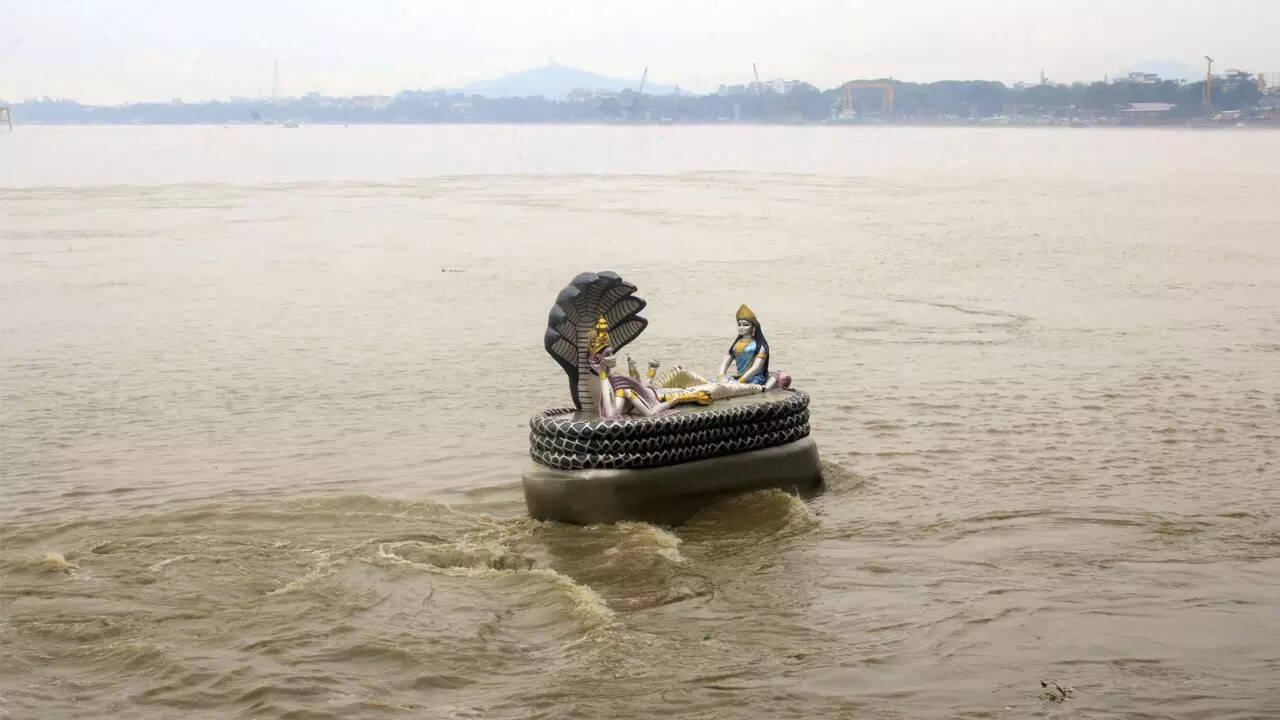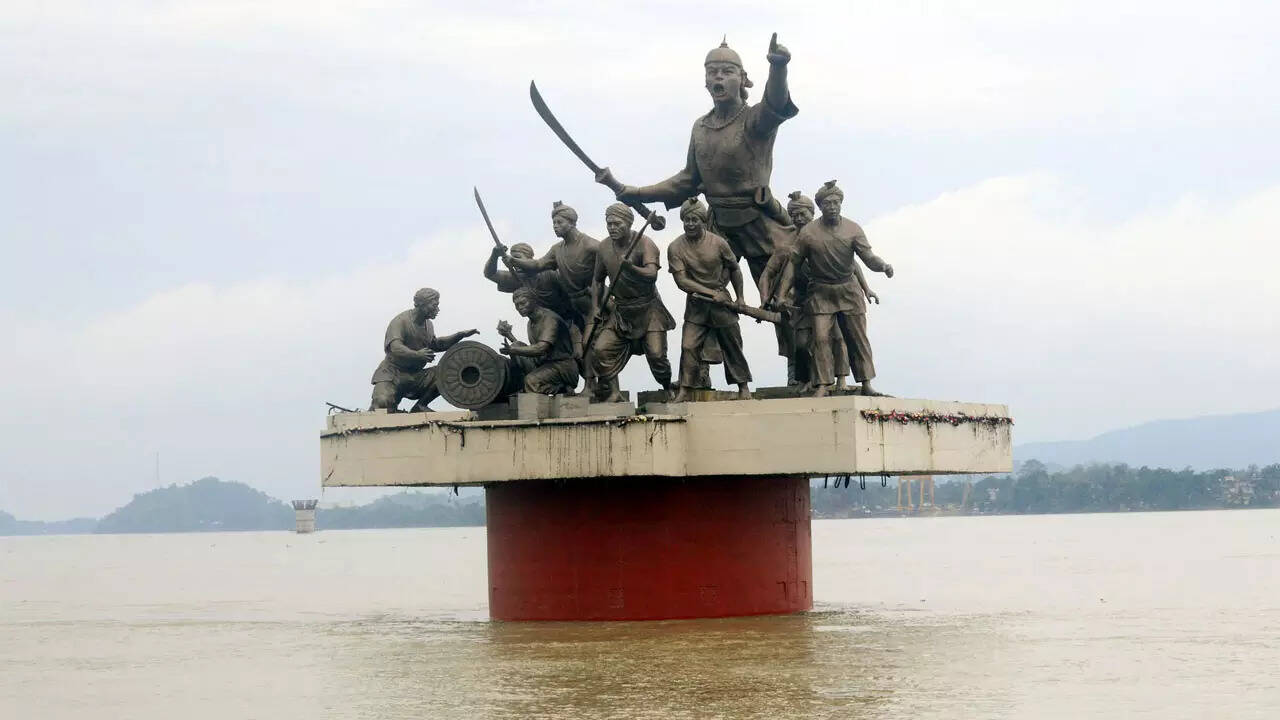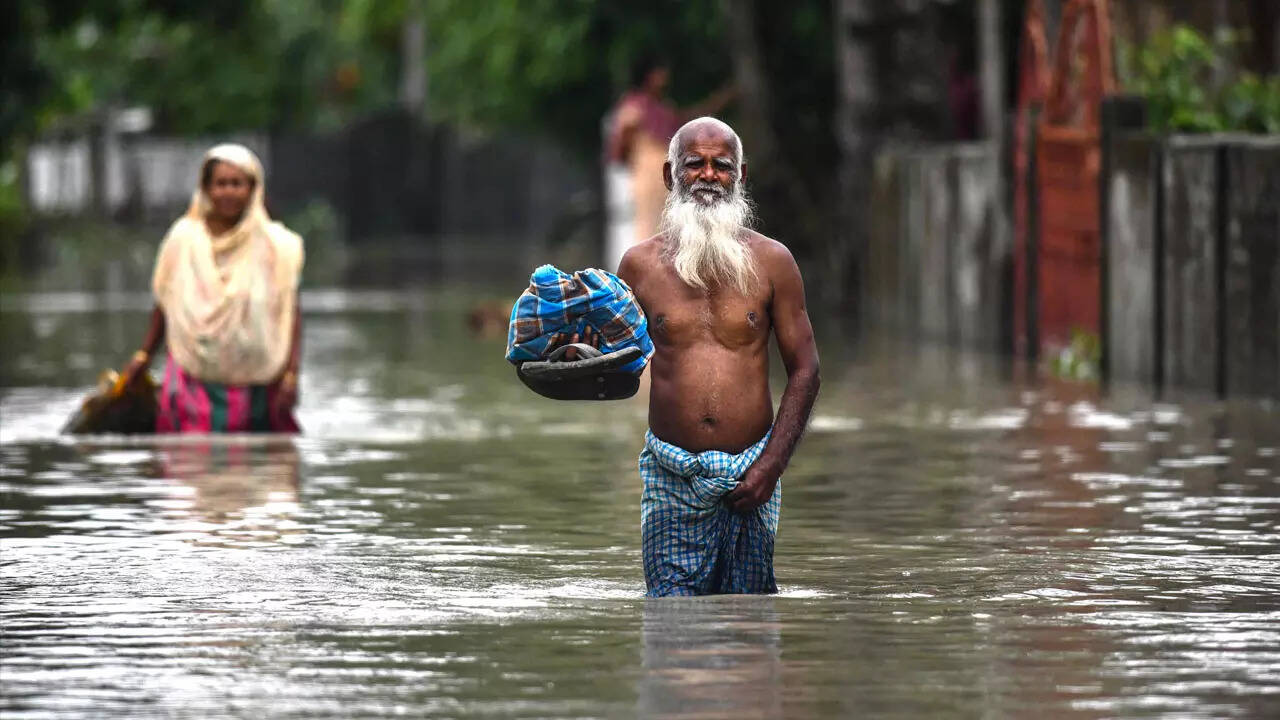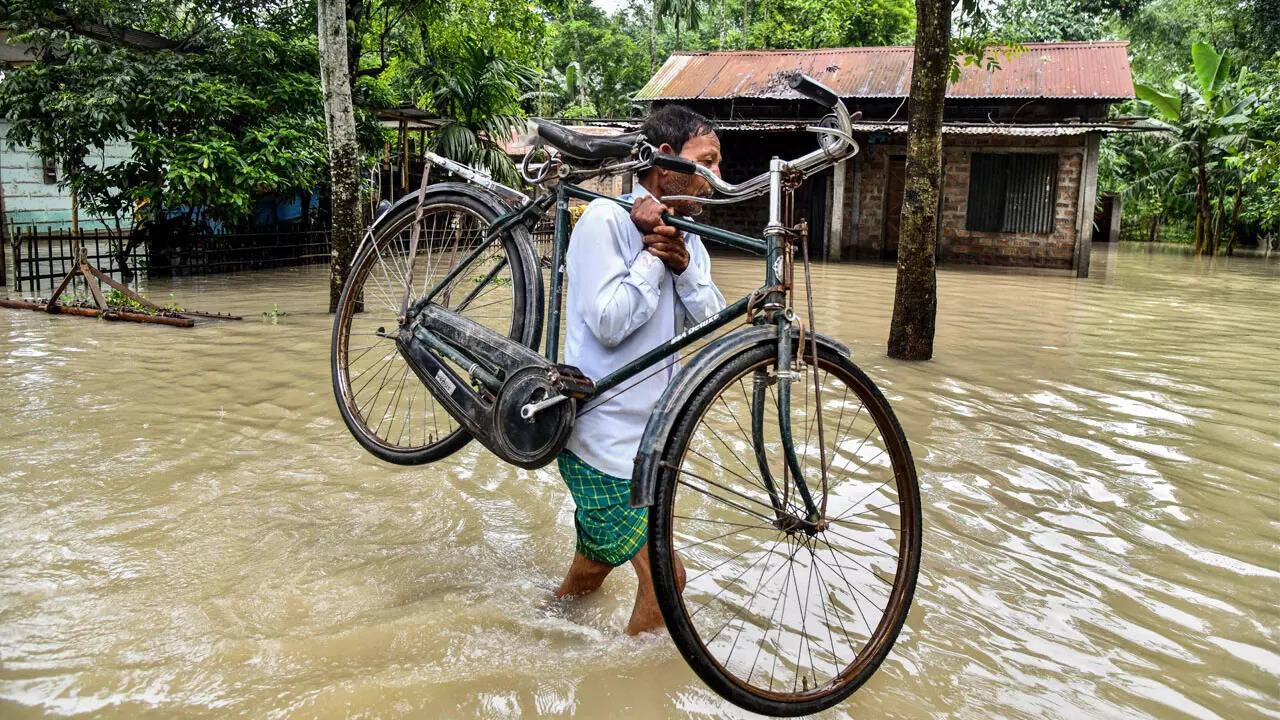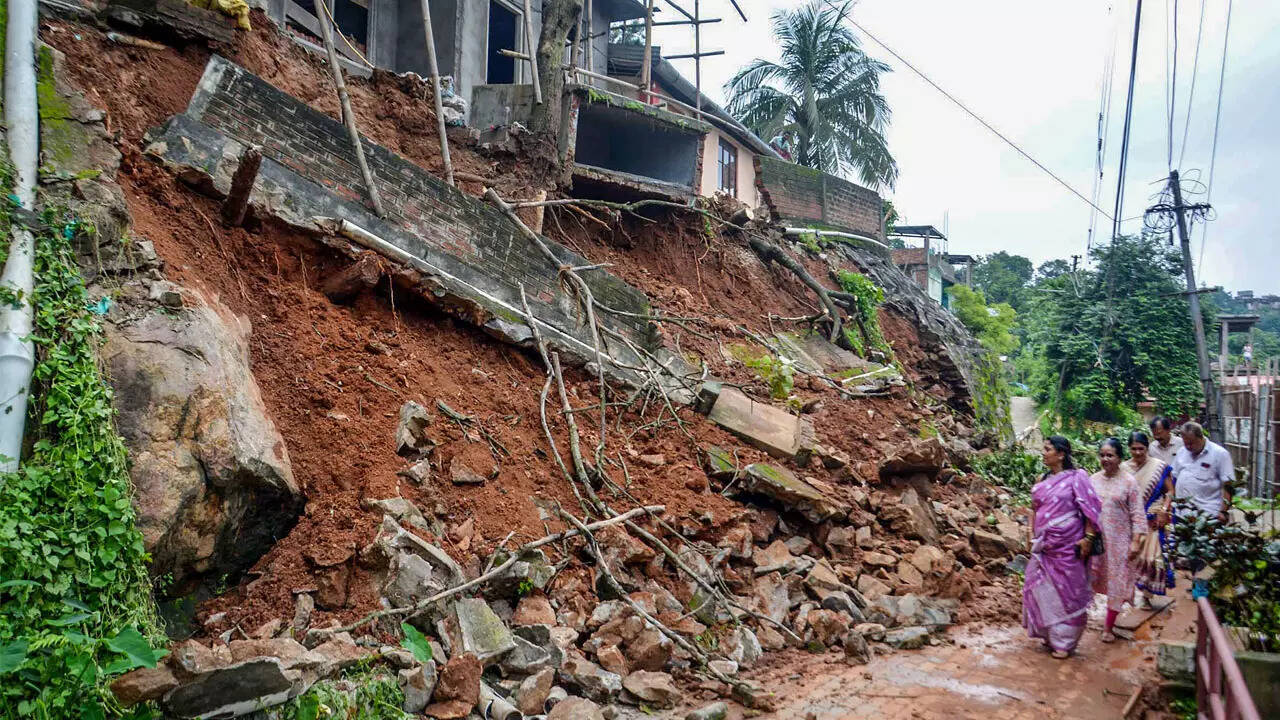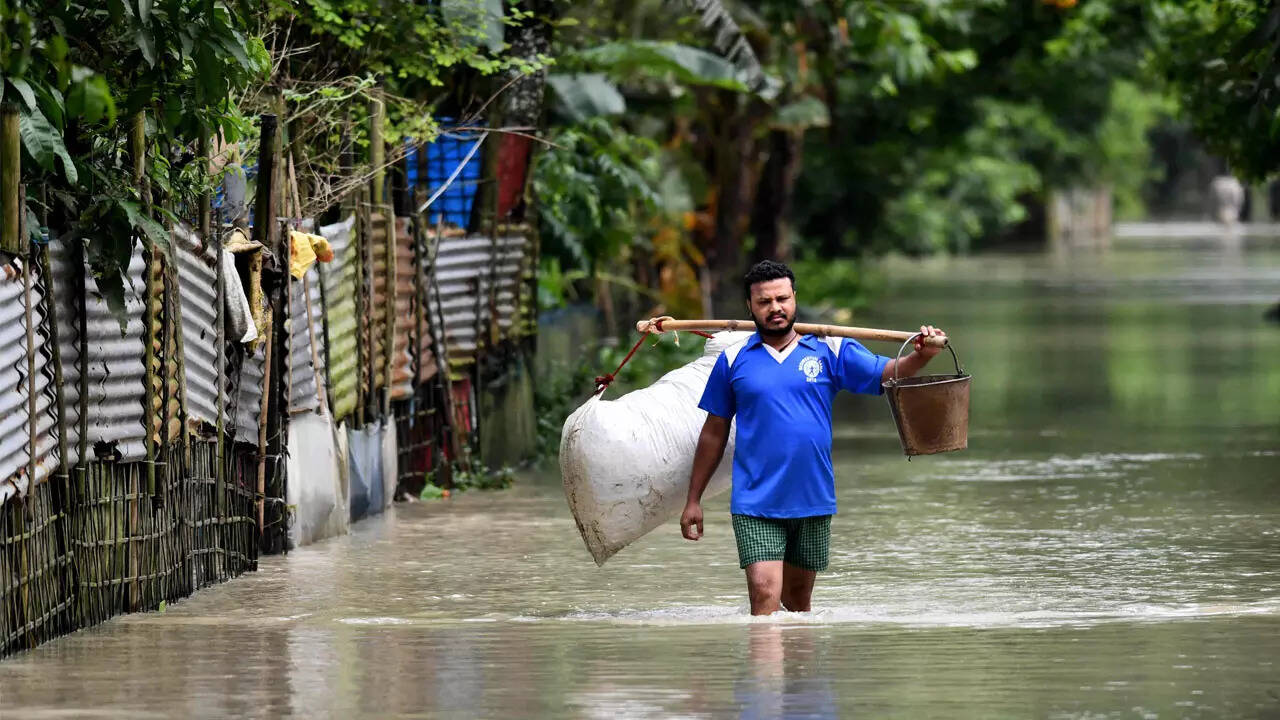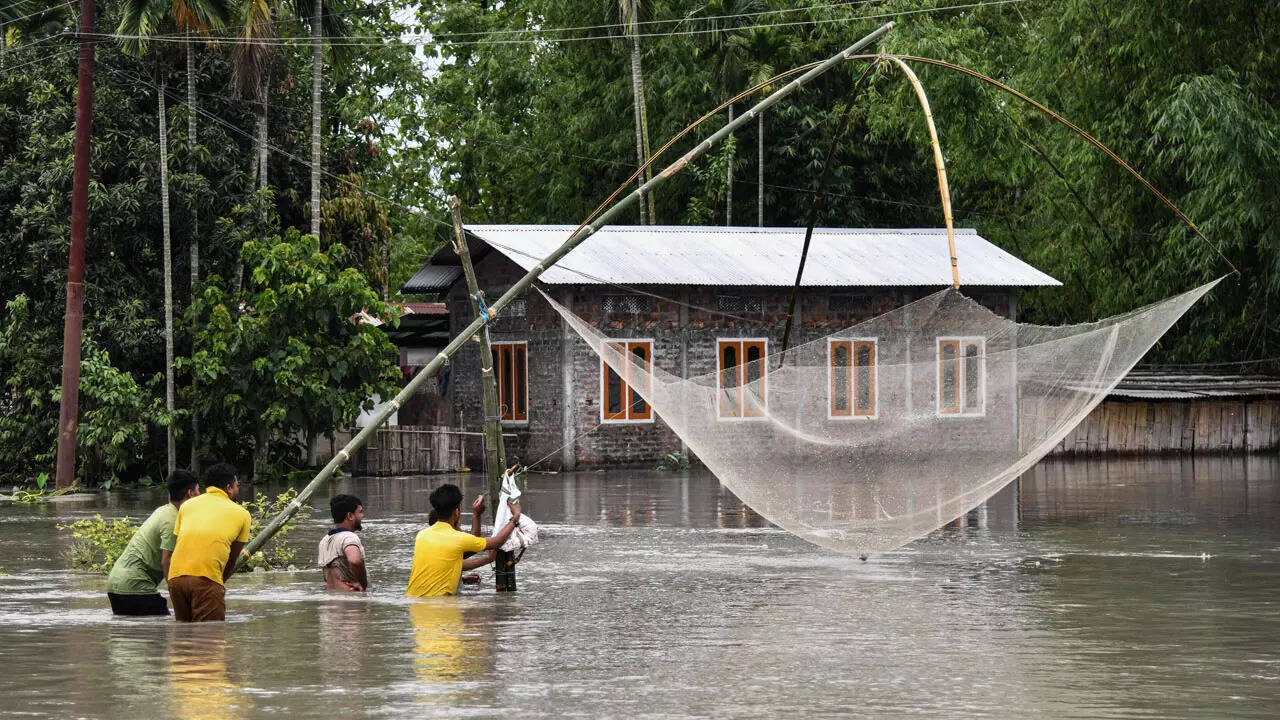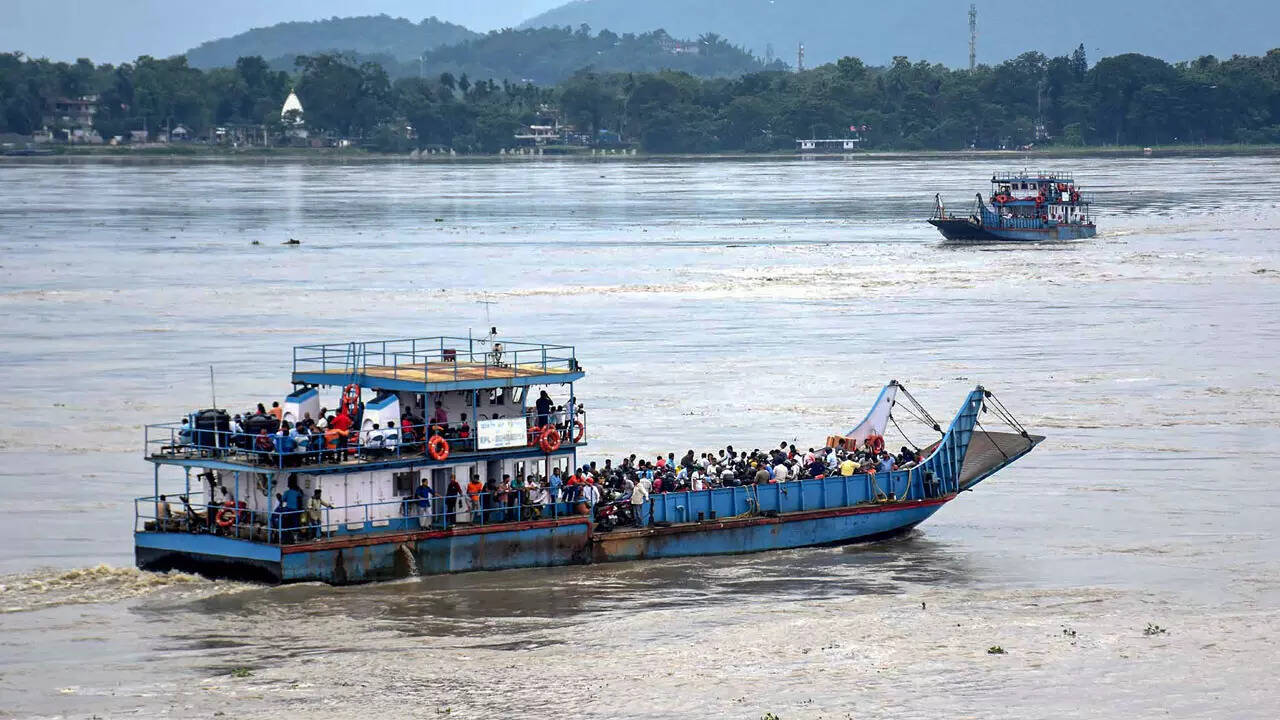- News
- City News
- guwahati News
- 18% of Kaziranga under water as floods continue to wreck havoc in Assam
18% of Kaziranga under water as floods continue to wreck havoc in Assam
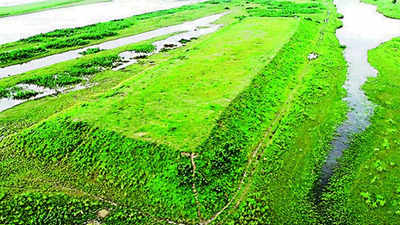
The park now has a total of 144 man-made highlands, including 33 large shelters, for the animals to take refuge when flood water rises.
GUWAHATI: Floods have submerged around 18% of Kaziranga National Park and Tiger Reserve, spread over 1,090 sq km, while one animal drowned and four others were run over by speeding vehicles while crossing the highway towards its southern boundary till Monday.
KNP director Jatindra Sarma said the Burhapahar range is the worst-affected among the five ranges of the park under the eastern Assam wildlife division. The other ranges are Agaratoli, Kaziranga, Bagori and Bokakhat. Floods have also inundated 55 out of the 223 anti-poaching camps in the park.
“Though floods have submerged around 18% of the park, the condition is not alarming at present. Animals are still inside the park. They are not coming out seeking high land as of now. Strict observation of the flood situation in the park and the movement of animals is being done,” he added.
He said that one hog deer drowned, one died during treatment, while three were killed in road accidents and two died either due to old age or disease. One leopard was also killed in road accident.
Sarma said, “Death due to flood is just one. Wildlife deaths in road accidents, despite a speed limit of 40 km per hour in effect to avoid such casualties, took place due to violation of the restrictions and also due to sudden passage of animals on the road.”
Six sensor-based cameras have been installed in nine designated animal corridors of the park, stretching from Rengali to Borjuri, to detect the speed of vehicles.
He said that the park authority will enforce a timecard system allowing vehicular movement for a fixed period of time in a day with a fixed speed limit as soon as the flood situation turns alarming.
At least 45 volunteers have also been trained by the park authority to rescue animals during floods. They have already been deployed in different ranges of the park to keep tracking the animals.
The park now has a total of 144 man-made highlands, including 33 large shelters, for the animals to take refuge when flood water rises. However, they are not enough to shelter all the animals when flood condition deteriorates.
KNP director Jatindra Sarma said the Burhapahar range is the worst-affected among the five ranges of the park under the eastern Assam wildlife division. The other ranges are Agaratoli, Kaziranga, Bagori and Bokakhat. Floods have also inundated 55 out of the 223 anti-poaching camps in the park.
“Though floods have submerged around 18% of the park, the condition is not alarming at present. Animals are still inside the park. They are not coming out seeking high land as of now. Strict observation of the flood situation in the park and the movement of animals is being done,” he added.
He said that one hog deer drowned, one died during treatment, while three were killed in road accidents and two died either due to old age or disease. One leopard was also killed in road accident.
Sarma said, “Death due to flood is just one. Wildlife deaths in road accidents, despite a speed limit of 40 km per hour in effect to avoid such casualties, took place due to violation of the restrictions and also due to sudden passage of animals on the road.”
Six sensor-based cameras have been installed in nine designated animal corridors of the park, stretching from Rengali to Borjuri, to detect the speed of vehicles.
He said that the park authority will enforce a timecard system allowing vehicular movement for a fixed period of time in a day with a fixed speed limit as soon as the flood situation turns alarming.
At least 45 volunteers have also been trained by the park authority to rescue animals during floods. They have already been deployed in different ranges of the park to keep tracking the animals.
The park now has a total of 144 man-made highlands, including 33 large shelters, for the animals to take refuge when flood water rises. However, they are not enough to shelter all the animals when flood condition deteriorates.
FOLLOW US ON SOCIAL MEDIA
FacebookTwitterInstagramKOO APPYOUTUBE
Looking for Something?

Start a Conversation
end of article


